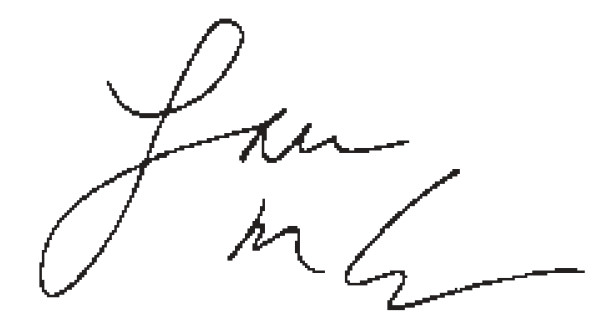Recently, I was mixing an upcoming album, Raindance, for the artist Odelet. Though the music was not reggae, the producer (who goes by "Everlasting Tape") had a long history of working in that genre and also using dub mixes at times. (I've only dabbled in dub mixing, but I've been researching the techniques for decades, practicing performing with analog effects live in the studio, and sneaking in little dub tricks in mixes when it made sense to me.) We'd booked plenty of time for our mixing, and as we finished the main mixes the producer wondered if I'd like to try doing some whacked-out dub-style mixes of the tracks. "Let's see what happens," I replied.
Over the next couple of hours, we ran down one or two mixes per song, and I went (super) ape on the effects. Smashing snare hits into spring reverbs, regenerating tape delays into oblivion, drenching keyboards in giant reverbs, and taking instruments and the lone vocal in and out of the mixes. I have to admit that it was nerve-wracking, but it was also fun, and some of the moments that almost randomly seemed to happen would make us laugh or gasp. My client went home with these mixes, and I assumed maybe they'd see the light of day online at some point.
When I got a note a few days later that said we needed to talk, I was nervous. No matter how much people might like an initial mix, it often seems they later hear something that needs addressing or they change their mind about vocal levels and reverbs. I was deep in another session and wasn't sure if I'd have the time to make changes, but when I called the producer the next day he said, "You did too good of a job!" At first I had no idea what he meant. He went on to tell me that Odelet had heard the dub mixes and said, "Maybe I should sing over these." He told her he could simply line up the vocals over the top of the dub mixes and see what happens. When he did so, they were both excited. A different take on the album had appeared, and though it might not "replace" the version we had mixed earlier, there was now another way to present these songs.
We met back up at Jackpot! a week later and began lining up dub mixes to the stem mixes of vocals, bass, drums, and keyboard (these were very minimal arrangements). In some cases, we'd swap between dub mixes, or we'd add in a bass or drum part that would help support a section. As the dubs had been mixed to 1/4-inch tape, they'd slip in and out of phase with the original tracks in the coolest ways. Hi-hats would get that phasey old school reggae sound, and places where I'd looped the vocals into wild noise would come dramatically blooming out from under the voice. The vocal became the center, with other elements flying around it, even somewhat chaotically at times. We'd made something fresh and interesting!
Even though there was a lot of room in the tracking for creative and spontaneous parts, this album had been fairly carefully constructed and utilized using only four elements per song as noted above. Despite the dub mixes morphing, dropping out, and abusing the elements it was built with, the songs remained anchored by the vocals and wonderful moments were happening. My client and I both noted that some of what we discovered sonically might even be stronger (in certain ways) than the original mixes. Some of those wild elements could have been dropped into the first mixes, though we decided not to cross-pollinate them.
Sometimes losing control of the process is important, and those discoveries will open new doors. Let go, try anything, keep your ears open, and stay creative!
— LARRY CRANE,EDITOR & FOUNDER

